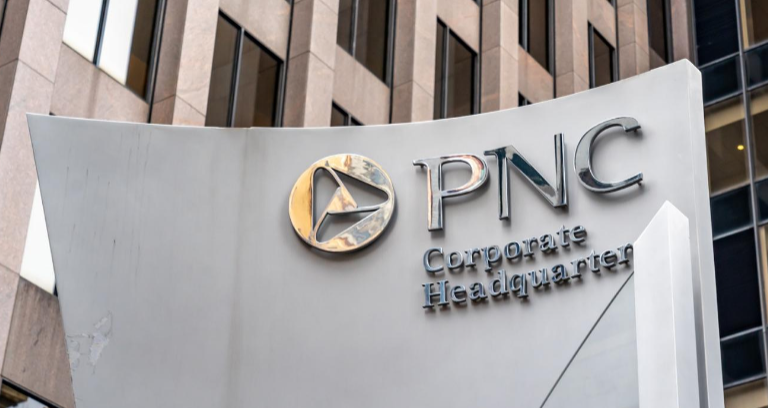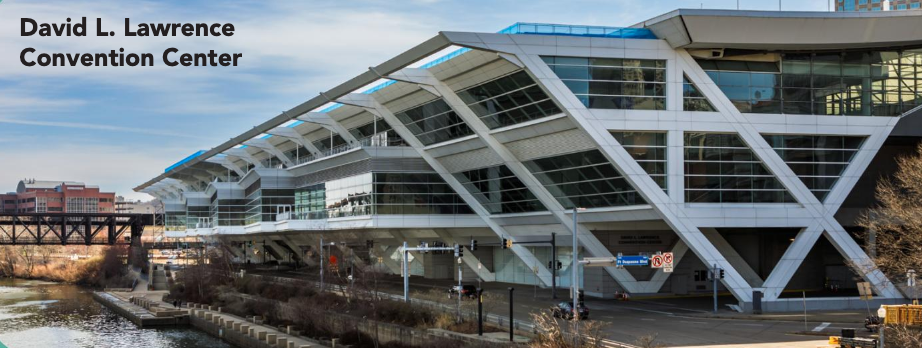Pittsburgh has a lot of nicknames. The Steel City. The City of Champions. The City of Bridges.
It also deserves to be heralded as the Capital of Green Building.
The city’s green building renaissance was driven by the Green Building Alliance, an informal, volunteer group of architects and construction industry officials that formed in 1993.
Green construction was budding elsewhere at the time, too. But Pittsburgh quickly leaped ahead and became a leader.
By 2005, the city had more square footage certified as meeting the LEED (Leadership in Energy and Environmental Design) standard of the U.S. Green Building Council (USGBC) than any city in the nation.
“We were really able to kind of help drive the entire movement. There’s a lot of Pittsburgh’s DNA that is within the larger sustainability movement,” said Marc Mondor, AIA, principal and co-founder of evolveEA, a green building and sustainability consulting and design firm based in Pittsburgh.
Mondor volunteered with the Green Building Alliance during its early days, then became part of the advisory committee and was on staff as project director for a few years.
The alliance led the way behind the momentum of a few key projects and with key financial commitment from the city’s foundations, particularly the Heinz Endowments.
“What Pittsburgh lacked at the time was support from our government,” said Michael Kuhn, president of Jendoco Construction Corporation in Pittsburgh, who served on the alliance’s board of directors from 2003 through 2008, and again from 2011 through 2018.
“There weren’t codes that were requiring or influencing or incentivizing green construction like there was in Seattle and Chicago and other major cities. And so, I always say Pittsburgh was a leader not because of our government systems like Seattle and the others but in spite of that. It was really 100%– it was on the backs of our foundations and organizations like the Green Building Alliance,”
Kuhn
Teresa Heinz wanted to renovate the Heinz Endowments offices using green building concepts. Soon after, seeking to make a broader investment in sustainable building, the foundation provided funding for the Green Building Alliance to formalize into a robust organization that could become a champion for sustainable construction.
That included naming Rebecca Flora as its first executive director in 1997.
A series of projects quickly followed that gave the fledgling organization powerful models to promote green building techniques.
Pittsburgh was building a new convention center. The Heinz Endowments supplemented the public funding with an additional $7 million in grants and loans, administered by the Green Building Alliance, to ensure the center was built green.
“If that hadn’t been funded and happened, we wouldn’t be able to have the convention center we have today, with green building fully integrated into it,” said Flora, who left the Green Building Alliance in 2008 and now owns ReMAKE Group, a consulting firm.
The Heinz Endowments, the Hillman Foundation, the Claude Worthington Benedum Foundation, the Buhl Foundation, the Richard King Mellon Foundation and an anonymous foundation contributed $750,000 to create a design competition for the convention center, under Flora’s leadership.
In early 1999, the project was awarded to Rafael Viñoly Architects.
By then, Flora already had influenced another major project, this time in the private construction sector.
In 1998, by cold-calling Gary Saulsen, director of corporate real estate at PNC and selling him on the concept of sustainability, she helped to influence the green construction of Firstside Center, a 650,000-square-foot operations hub for PNC, the country’s fifth-largest bank at the time.
Two years later, the building opened with a silver certification under the LEED standards developed by the USGBC just a few years earlier. Every inch of hard floor was made from recycled material. Ninety percent of the steel was recycled, along with 72% of the carpeting.
In 2003, the David L. Lawrence Convention Center opened as the world’s largest new building to achieve LEED Gold status.
Having two major projects to show off was powerful ammunition in the Green Building Alliance’s arsenal as it promoted better building techniques. It started holding workshops for the construction industry about green building.
“The construction industry and the architecture industry at the time really weren’t paying that much attention to any of this. But those were two big market stimulators that were really pulling the market,” Flora said. “So, what were able to do at Green Building Alliance was essentially use those projects to attract both the construction industry and the architectural industry to come to workshops and try to get educated in this.”
The convention center currently is certified LEED Platinum for existing buildings. In 2019, 40% of all water used on-site was recycled wastewater and 35% of all electricity used on-site was certified Green-e energy. Fifty-three percent of all waste was recycled, reused, donated or composted instead of going to a landfill.
Roof skylights and walls of engineered glass allow abundant natural light, with three-quarters of the exhibition space naturally lighted.
A substantial amount of the materials used in construction is recycled and nontoxic. Natural airflow from the adjacent Allegheny River is captured by the building’s shape to help with cooling and ventilation.
Initial modeling estimated that more than half a million dollars would be saved on energy costs annually because of the green building techniques, which were expected to cut energy use by about 35%.
The fact that PNC’s project was market rate was a significant commitment and showed commercial project owners that green building was feasible.
“They had to be able to justify that to their board, their stockholders, that this was a good investment,” Flora said.
PNC Chairman Jim Rohr publicly promoted the project and his company’s commitment to sustainability.
“That had huge credibility and impact,” Flora said. “PNC went on to be one of the nation’s leaders in terms of green buildings. As a financial institution, that was big.”

Jon O’Brien, executive director of the Keystone Contractors Association, broke into the commercial construction industry in Pittsburgh in 2002. He said Flora was one of many sustainability pioneers in the city leading the way.
“The first time I met her, she said something I’ll never forget. The gist of the comment was: ‘My job is to make sure I don’t have this job in the future and the GBA no longer exists; we need to work toward a day when healthy, high-performance buildings are commonplace and organizations like GBA will no longer have to promote the benefits of green construction.'”
Once green building practices started to become more common, the Green Building Alliance expanded its focus with programs such as the Green Building Products Initiative and the Pittsburgh 2030 District.
The Green Building Products Initiative, funded by private and government grants, developed incentives for the manufacturing of green building materials.
“There was nobody else who was doing that type of work,” Kuhn said. “We generated a ton of new products.”
Pittsburgh 2030 is a collaborative effort by owners and operators of properties in the central business district and nearby neighborhoods to commit to using sustainable practices with the goal of reducing the carbon footprint and water use by 50% by 2030.
“It was big and bold and audacious,” Kuhn said. “And it was a challenge to try to convince the whole central business district that they should do this thing. But we put together a really great plan and have had tremendous success with it.”
The district currently is the largest 2030 District in North America, and it is a model of success. By 2021, it had reduced carbon dioxide emissions by two million metric tons and achieved reductions of $267 million in energy and $77 million in water use.
“When you start to think of the economic development, the health and wellness associated with that work, and you look at from the spark we created here in Pittsburgh to what’s happened nationally and internationally, it’s remarkable,” Kuhn said.
“It’s a pretty cool story,” Flora added. “It’s nice to see it not get forgotten.”
Check out other articles in the Fall 2022 issue of The Keystone Contractor!







